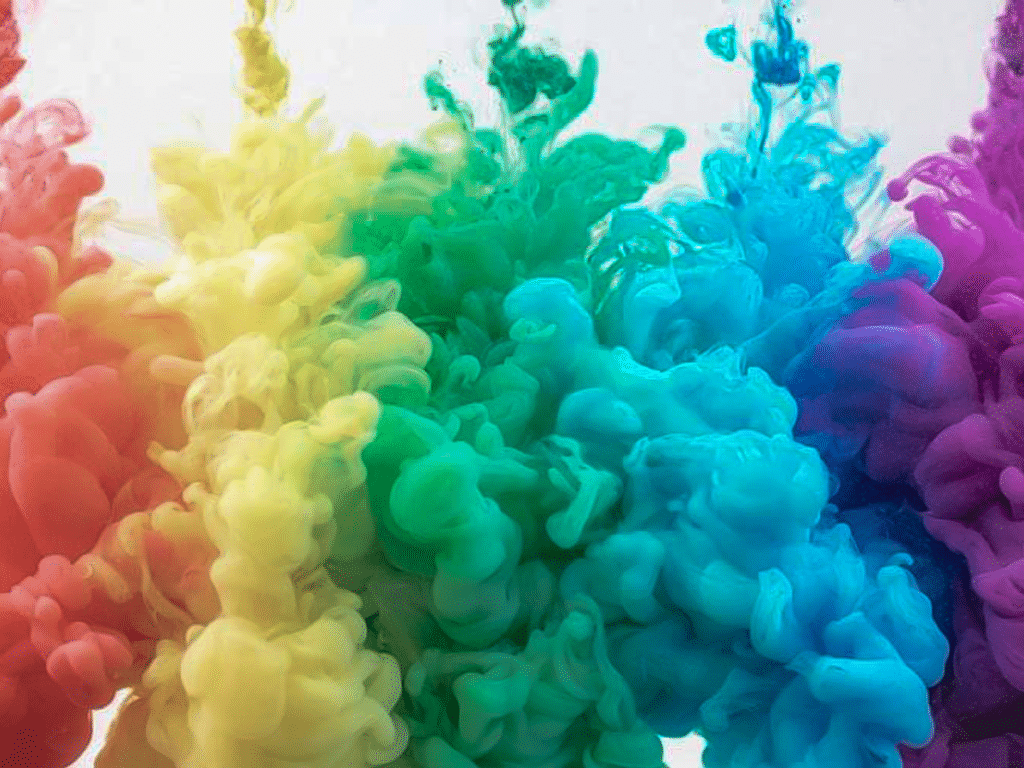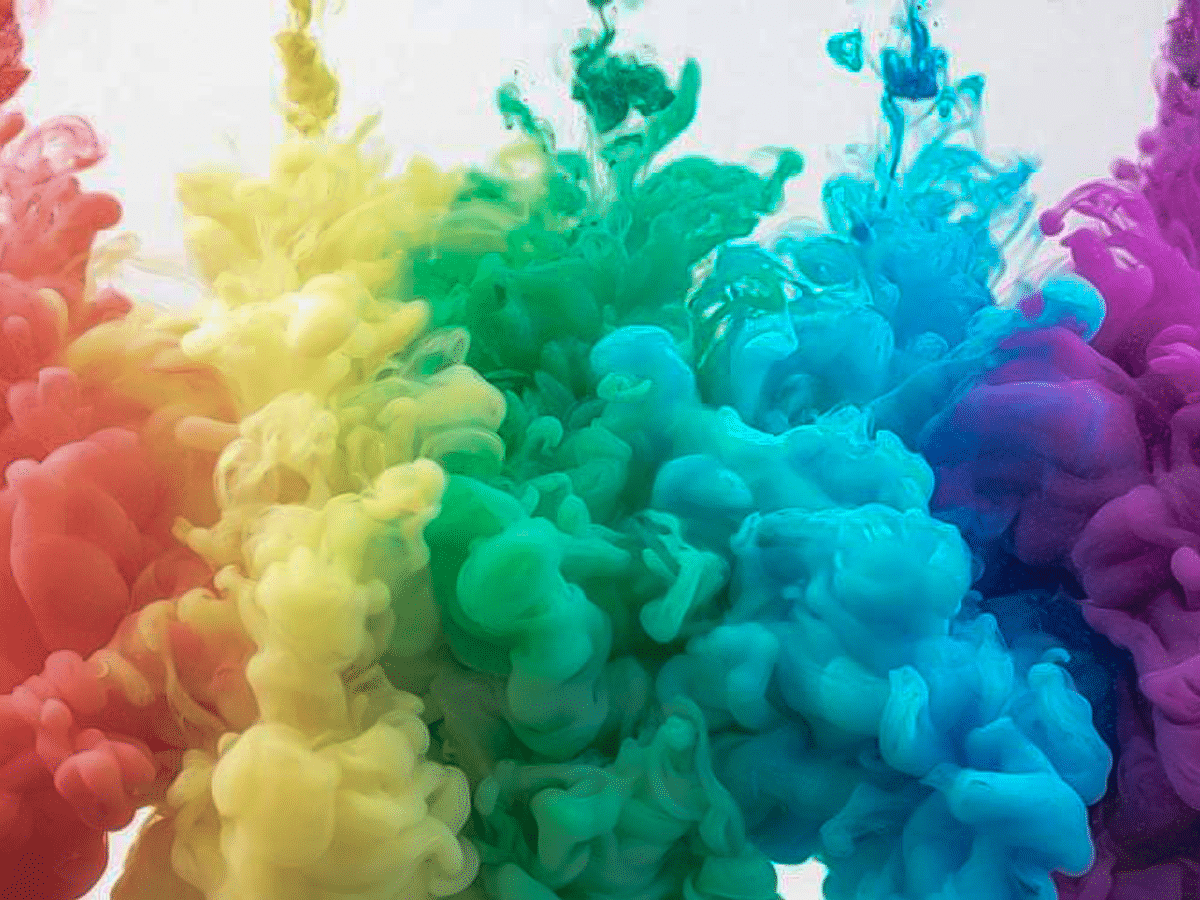The Missing Link
Now that the world has gone digital, every brand is doing its best to stand out and attract more customers.
Having a solid online presence is always the first step. However, the work doesn’t stop after simply creating a website. Once you draw prospective clients to your site, you will find that traffic statistics do not always convert into cash.
It is true, in an ever-increasing digital world, that visitors play a huge role. But what good are visitors if they do not leave any information or make a purchase? The conversion rate, indeed, is the true benchmark for success.
You want to turn your visitors into paying customers. But this is, unfortunately, easier said than done.
Despite the challenges, however, marketers and businesses alike are taking steps to enhance their websites and increase their conversion rates. One of these steps is as simple as tweaking their web design. A great way to achieve the results you want is by taking the psychology of color into consideration when updating the design of your website.
What is color psychology?
First impressions matter. It only takes a few seconds for a customer to decide whether or not they want to stay on your website. And between 62% and 90% of impressions are based on color alone. In fact, a color impression is a basis for 60% of acceptance or rejection of a product, a fact that is also applicable to websites.
Color psychology is the method of using colors to grab someone’s attention. When applied to marketing, the psychology of color can attract customers, shape their perceptions, and trigger their purchasing decisions. Colors, after all, have a strong impact on human thought and behavior. They evoke our emotions and influence our moods.
Have you ever wondered why malls and shopping centers use the color red during clearance sales? It’s because red is considered to be the most emotional color, with the power to create a sense of urgency and excitement. It is effective in drawing people’s eyes and convincing them to give in to impulse.
So, how can the psychology of color change your conversion rate for the better?
Solidify brand identity and awareness
If you are just starting out, it can be difficult to make your brand known. People have never heard of you before, so why would they care? But if you want to establish your name and start attracting customers, you need to stand out from the rest of the brands out there. Apart from creating your brand name and logo, you must also consider the colors you will use. Choosing colors that best reflect your business is the way to go.
For example, blue often signifies tranquility and trust. It is the most common color used by banks and businesses to communicate security to their clients. It is also quite popular among digital platforms like Skype, Facebook, LinkedIn, and Twitter.
Knowing the story behind every color will help you decide the best course of action. Pick the color that gets your message across; that reflects what your company truly stands for.
It is also worth noting that colors can make a big impression. So, if you want your target market to recall your name, you should delegate official colors to your brand that will improve brand recognition.
The next time your potential customers see your logo and brand name on search engines, it will be easier for them to associate it with you once they see your familiar colors. Remember, your colors will be almost synonymous with your brand name, so choose wisely.
Get into the heart of customers
Each color denotes a certain meaning. Green stands for nature. Black symbolizes power and authority. Using them on your website and other marketing materials can help visitors form an impression regarding your brand, and it can influence their behavior.
If you want to appear cool and elegant, you may use white. Just look at standout brands like Apple, and Honda. If you want to evoke cheerful feelings, then yellow is the best way to go.
This can also be applied to your customer demographics. Color preferences depend on gender. By this, we mean that women are often more attracted to softer colors like blue, pink, and green. Men, on the other hand, prefer bolder colors like dark blue, and black.
If you are a cosmetic company mostly targeting women, you should probably stay away from colors like silver, brown, and orange.
Emphasize important details
Your website should have a good layout, and it should be easy to navigate. Online shoppers are turned off by poor website design and navigability. In fact, 42% of shoppers actually base their opinion on a website on the overall design.
It is important to improve your website design and help users navigate it more easily. One way to do this is by making the website more attractive. Colors play a huge role in this. Make sure that colors are used in a way that brings out the best of every feature. Navigation buttons should stand out and be easily accessible.
Texts should be set off against a contrasting background so they will be more visible in a way that is not hard on the eyes. There is nothing more frustrating than scrolling through a website, eager to learn something more, only to turn away because the texts are unreadable.
Visitors who leave too early are lost opportunities. The longer they stay on your website, the higher the chances of converting them into paying customers.
Compel Visitors to Take Action
Seasoned marketers will know just how important a call-to-action button is. It is not simply there to decorate your website. Call-to-action buttons are the gems that fuel conversions.
Whether your goal is to gather customer info, add visitors to your mailing list, or convince them to buy, CTA buttons are the way to go. Research shows that 6.5% of CTAs lead to increased, add-to-cart rate. They also boost the overall conversion rate by 9%.
Red and orange are two of the best colors for increasing conversion rates if they stand out from the other elements on your website. HubSpot proved this when they conducted an A/B testing. Based on 2,000 website visits, they discovered that using a red CTA button outperformed the green CTA button by 21%.
The Wrap Up on Color Psychology
Now that you know all about color psychology and its correlation with conversion rate, it’s time to apply what you’ve learned to your marketing strategy.
Just remember that colors can influence the way your brand message is conveyed. It is imperative that you choose the ones that tie-up with your target audience’s personal preferences and cultural perceptions. Only then will you be able to appeal to their emotions and successfully convert them into paying customers.
While the immediate effect of the psychology of color might not be apparent right away, it is still a good idea to know its impact. The connection between color psychology and conversion is something you shouldn’t ignore. It takes time, yes, but the rewards can be bountiful if you know what you are doing.
This article was written by guest contributor and Co-founder of DesignAdvisor, Max Chekalov.




